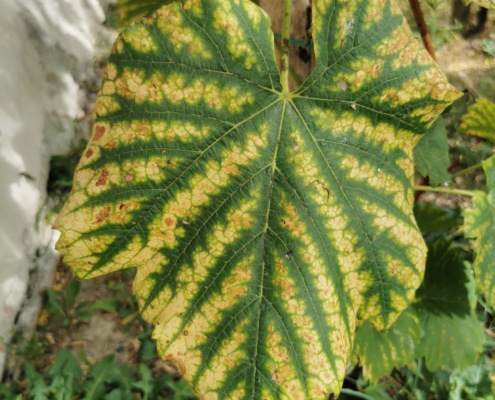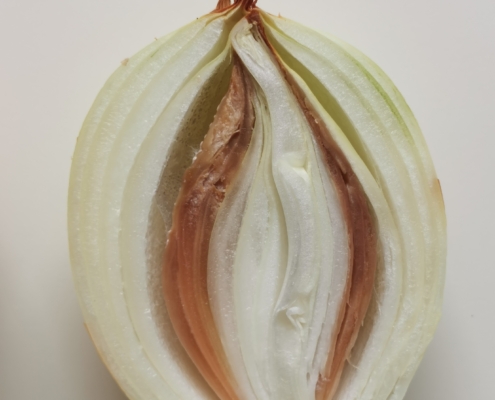Plant analysis
The effects of mineral-induced nutritional disorders in plants are diverse and range from growth anomalies, chlorosis and necrosis to growth inhibition or even loss of the whole plant. Nutritional disorders can therefore be a significant reason for pronounced reduction in yield and quality of the harvested products. Excessively high nutrient levels or, in particular, elevated levels of potentially toxic substances in food and fodder plants are also highly relevant from a medical and animal health perspective. Severe yield reductions or growth anomalies are usually already recognizable during intensive juvenile growth and should be clarified as quickly as possible to derive appropriate prevention measures.
A plant analysis – ideally in combination with a soil analysis – has proven its worth in determining the causes of growth reductions or anomalies. Plant analysis enables a reliable assessment of the nutritional status at the time of sampling, while a soil analysis also clarifies growth limitations due to soil acidification, chronic nutrient deficiencies, and nutrient imbalances in the soil / substrate. Overall, a plant analysis provides the basis for any supplementary fertilization, while a comprehensive soil analysis can be used to determine melioration measures with regard to soil properties / soil fertility as well as fertilizer recommendations for subsequent crops.
A direct comparison of plants with and without damage symptoms within a field or of comparable fields is particularly informative.
Analysis methods & measured parameters
- CNS (dry combustion according to ÖNORM L1082)
Parameters: Water content, total carbon, total nitrogen, total sulphur - Acid digestion in the microwave, measurement with ICP-OES
Parameters: Nutrients and potentially harmful elements (Ca, Mg, K, P, B, Co, Cr, Cu, Fe, Mn, Mo, Na, Ni, Sc, Se, V, Zn, As, Cd, Pb and Al, Si)
Literature
Zorn W., G. Marks, H. Heß, W. Bergmann (2016). Handbuches zur visuellen Diagnose von Ernäh rungsstörungen bei Kulturpflanzen. 3. Auflage. Springer Speltrum.
Bergmann W. (1993). Ernährungsstörungen bei Kulturpflanzen. 3. Auflage, Gustav-Fischer-Verlag Jena Stuttgart.
Breuer J., V. König, D. Merkel, H.-W. Olfs, B. Steingrobe, E. Stimpfl, A. Wissemeier, W. Zorn (2003). Die Pflanzenanalyse zur Diagnose des Ernährungszustandes von Kulturpflanzen – Anwendung in Landwirtschaft, Gemüse- und Obstbau. –
Agrimedia Bergen/Dumme, 113 S.



